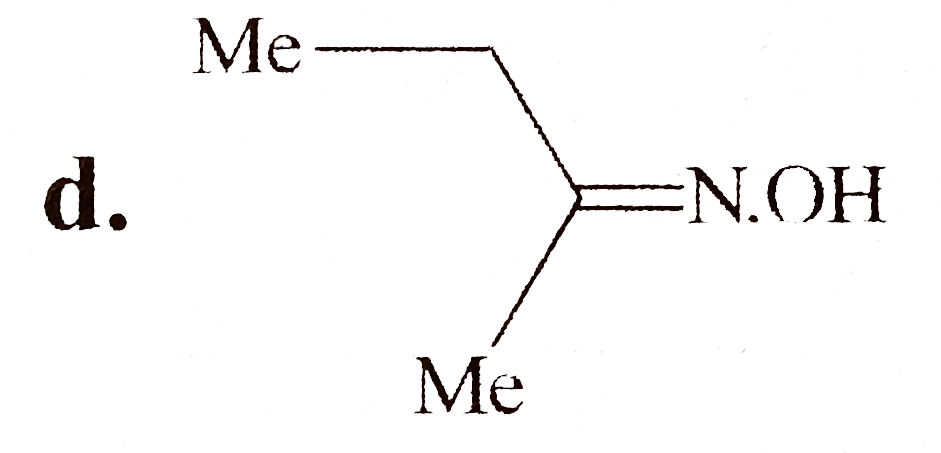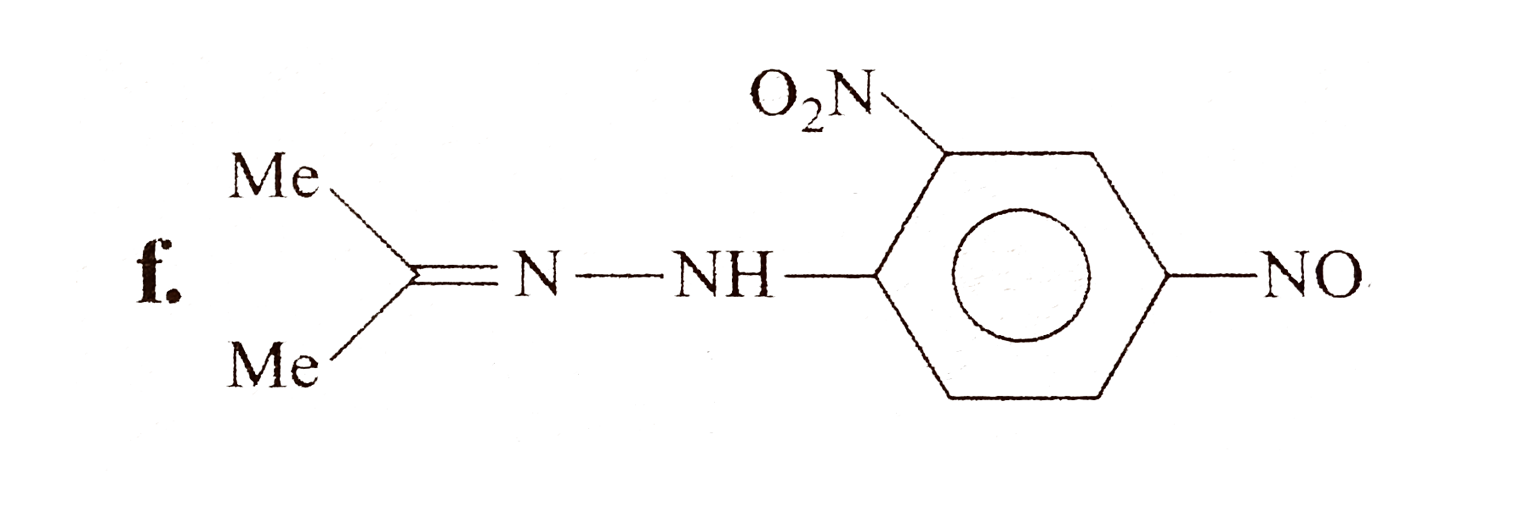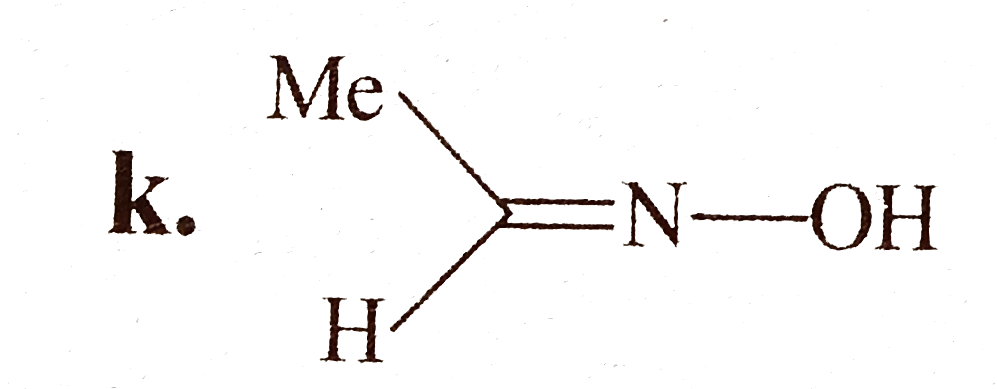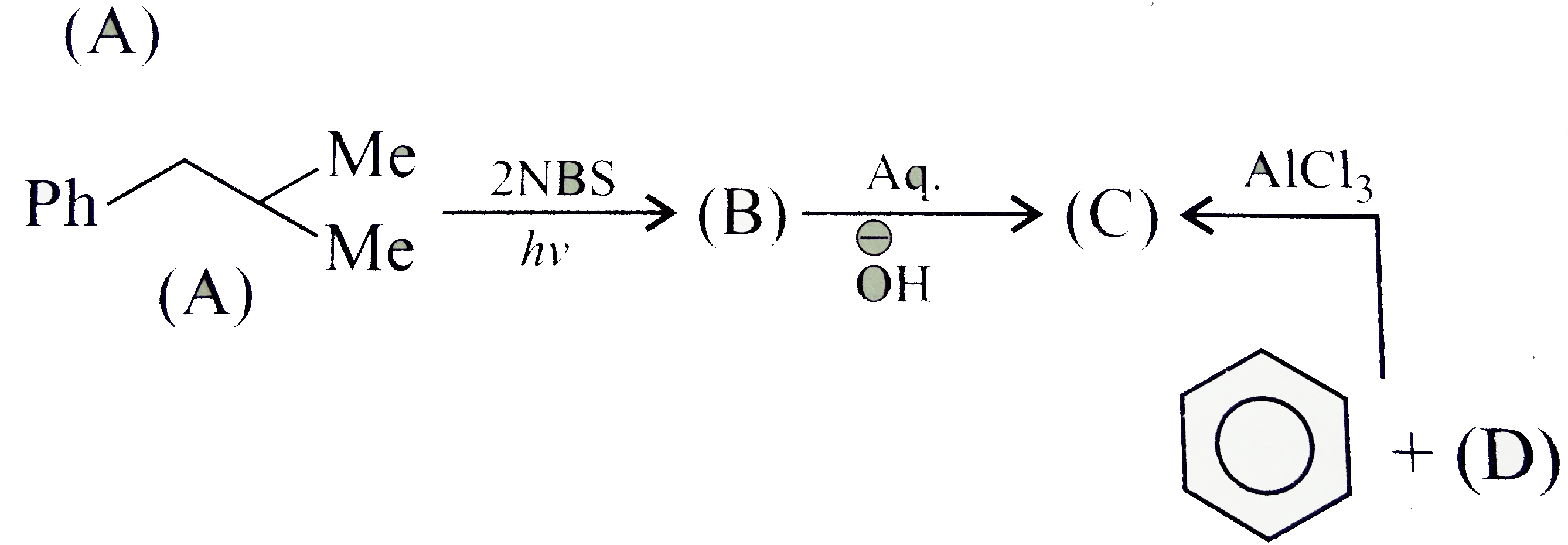If F=a.(|b|).c.(|d|).e.(|f|).g(|h|).i.(|j|) and G=a.b.c.d.e.f.g.h.i.j Again, a=(−1)1,b=(2)−2,c=(−3)3,d=(4)−4,…..j=(10)−10 then the correct relation is :
F = -G
F = G
F.G = 1
none of these
The correct Answer is:B
For F, the modulus of b, d, f, h, j is ineffective since for the given values of b, d, f, h, j the value of (absb) = b, absd = d … etc.
Therefore F = G
Topper's Solved these Questions
Similar Questions
Knowledge Check
If F=a.(|b|).c.(|d|).e.(|f|).g(|h|).i.(|j|) and G=a.b.c.d.e.f.g.h.i.j Again, a=(−1)1,b=(2)−2,c=(−3)3,d=(4)−4,…..j=(10)−10 then the correct relation is :
AF = -GBF = GCF.G = 1Dnone of theseIf ab=cd=ef=34, what is the value of a+c+eb+d+f?
Aa) 9/16Bb) 3/4Cc) 2/3Dd) 4/5
Calculate the Land'e g factor for atoms
(a).6F1/2, (b) .4D1/2, (c ).5F2, (d) .5P1, (e ) .3P0
View SolutionLet R be a relation such that R={(a d) (c g) (d e) (d f) (g f)} then (ROR^(1))^(-1) is
View SolutionIdentify the products and explain their formation.
(a)
(b)
( c)
(d)
( e)
(f)
(g)
(h)
(i) .
.
View SolutionIf A={a,b,c,d,e},B={a,c,e,g}andC={b,e,f,g}verify that :
(i)A∩(B−C)=(A∩B)−(A∩C)
(ii) A−(B∩C)=(A−B)∪(A−C)
View SolutionIn Fig.97, If AB is parallel to CD, then the value of ∠BPE is (a) (b)(c)(d)(e)106(f)0(g)(h)(i) (j) (b) (k)(l)(m)(n)76(o)0(p)(q)(r) (s) (c) (d)(e)(f)(g)74(h)0(i)(j)(k) (l) (d) (m)(n)(o)(p)84(q)0(r)(s)(t) (u)
View SolutionTwo complementary angles are in the ratio 2:3. The measure of the larger angle is (a) (b)(c)(d)(e)60(f)0(g)(h)(i) (j) (b) (k)(l)(m)(n)54(o)0(p)(q)(r) (s) (c) (d)(e)(f)(g)66(h)0(i)(j)(k) (l) (d) (m)(n)(o)(p)48(q)0(r)(s)(t) (u)
View Solution




















